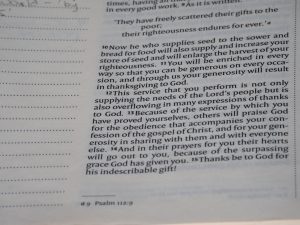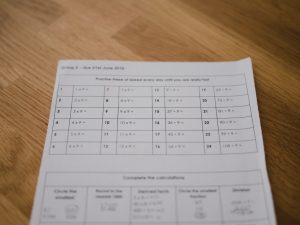
WhatsApp is one of the most popular messaging applications in the world, allowing users to send messages, make calls, and share media effortlessly. Throughout the app, several symbols and icons appear, each conveying specific information. Understanding these symbols is essential for making the most of WhatsApp’s features.
What Do WhatsApp Symbols Mean?
WhatsApp uses various icons to indicate message status, call types, privacy settings, and other functions. Many users find some of these symbols confusing at first, but each serves a distinct purpose.
Message Status Icons
One of the most frequently seen symbols in WhatsApp is the set of checkmarks that appear next to each sent message:
- Single Gray Checkmark: The message has been sent from the sender’s device but has not yet been delivered to the recipient.
- Double Gray Checkmarks: The message has been delivered to the recipient’s phone but has not been read.
- Double Blue Checkmarks: The recipient has read the message.
These checkmarks help users know whether their messages have been successfully sent and seen by the recipient.

Call Icons
WhatsApp allows both voice and video calls. To distinguish between them, different icons are used:
- Phone Icon: Represents a standard voice call.
- Video Camera Icon: Represents a video call.
- Red Phone with Down Arrow: Indicates a missed voice call.
- Red Video Camera with Cross: Indicates a missed video call.
Attachment and Media Symbols
Users can send photos, videos, documents, and more through WhatsApp. The attachment and media symbols include:
- Paperclip Icon: Opens the attachment menu to send documents, images, audio files, and contacts.
- Camera Icon: Allows instant access to the phone’s camera to take a photo or video.
Online and Last Seen Indicators
WhatsApp uses different indicators to show a person’s online status:
- “Online”: The contact is using WhatsApp at that moment.
- “Last Seen”: Shows the last time the contact was active on WhatsApp. Users can disable this feature in privacy settings.
Group and Admin Symbols
For WhatsApp groups, icons are used to indicate admin status:
- Small Crown/Icon Next to Name: Identifies the group admin.
- Mute Symbol: Indicates that notifications for the group have been muted.

Security and Privacy Symbols
WhatsApp emphasizes security and encryption. Some of the security-related symbols include:
- Lock Icon: Indicates that messages in chats are end-to-end encrypted, meaning only the sender and receiver can read them.
- Shield Icon: Seen in verification settings, this confirms two-step verification is enabled.
Other Common Symbols
- Green Tick: Seen in verified business accounts to indicate authenticity.
- Clock Icon: Indicates that a message is still being sent.
- Trash Bin Icon: Allows the deletion of messages or media from chats.
Frequently Asked Questions
What do the gray and blue checkmarks mean?
Gray checkmarks indicate that a message has been sent but not yet read. When the checkmarks turn blue, it means the recipient has read the message.
Can I disable blue checkmarks for read receipts?
Yes, read receipts can be turned off in WhatsApp’s privacy settings. However, disabling them means you won’t be able to see when others have read your messages either.
What does the lock symbol mean in a chat?
The lock symbol signifies that chats are end-to-end encrypted, ensuring that only the sender and recipient can read the messages.
Why does a clock icon appear next to my message?
The clock icon indicates that the message has not been sent yet, often due to a poor network connection.
How can I tell if someone has muted me?
WhatsApp does not provide a direct notification when someone mutes you, but if a contact takes a long time to respond and never appears online, they may have muted notifications for your chat.
Understanding these symbols can greatly enhance the WhatsApp experience. Whether interpreting message statuses or recognizing call icons, being familiar with these symbols ensures smooth communication.






